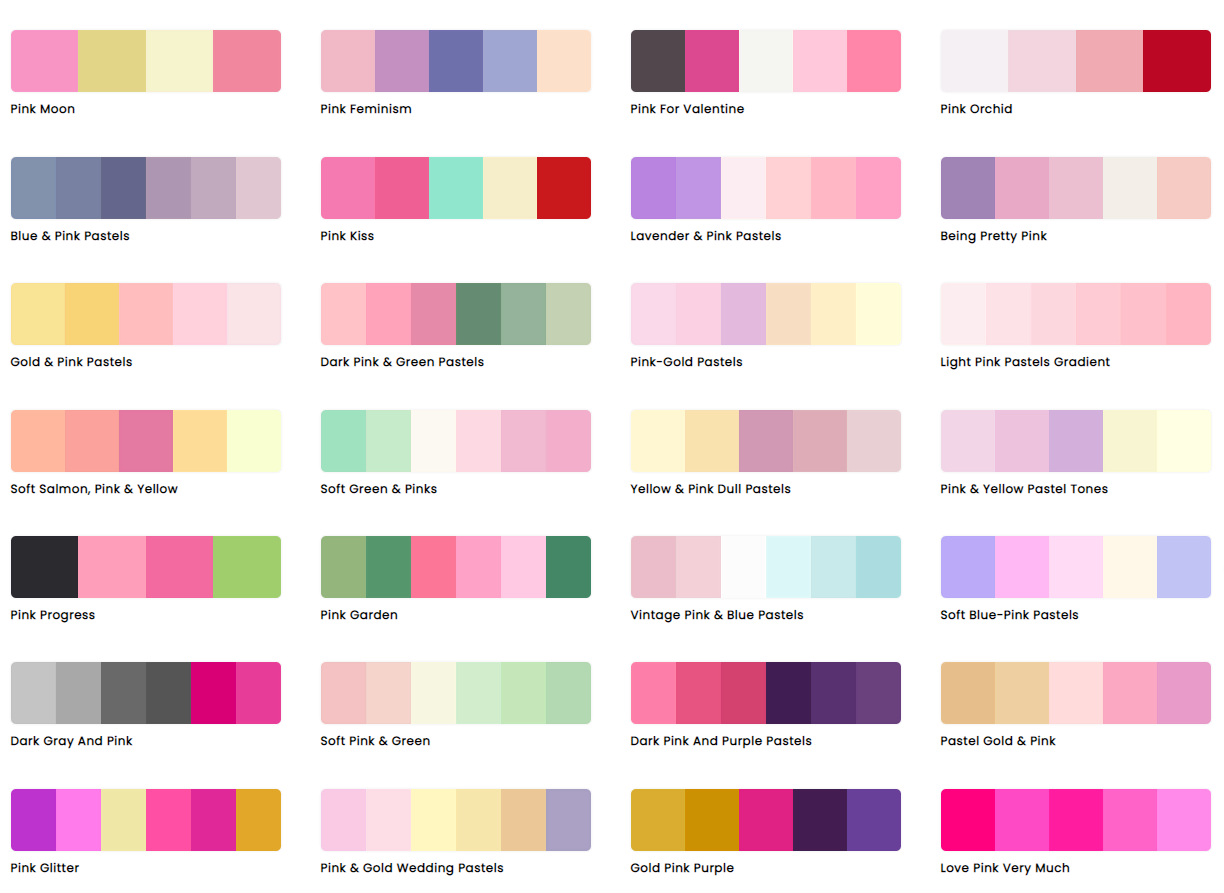Pulse of Information
Stay updated with the latest news and insights.
Color Your World: The Psychology Behind Website Color Schemes
Discover how colors impact emotions and drive engagement! Unlock the secrets of color psychology for your website and transform your online presence.
The Impact of Color Psychology on User Experience Design
Color psychology plays a pivotal role in shaping user experience design, influencing how users perceive and interact with digital interfaces. Different colors evoke specific emotions and associations, impacting user behavior and decision-making. For instance, the color blue is often associated with trust and dependability, making it a popular choice for financial and healthcare websites, while red can stimulate excitement and urgency, prompting users to take immediate action. By understanding the nuances of color perception, designers can create interfaces that not only look aesthetically pleasing but also foster positive emotional responses, ultimately enhancing overall user satisfaction.
Moreover, the strategic application of color psychology in user experience design extends beyond mere aesthetics; it plays a fundamental role in guiding users through a website or application. For example, warm colors like orange and yellow can be used to highlight call-to-action buttons, effectively drawing attention and encouraging engagement. Conversely, cooler tones can be applied to backgrounds and less critical elements to ensure that users remain focused on key content. By thoughtfully integrating color schemes aligned with psychological principles, designers can significantly enhance usability, ensuring that users not only enjoy their experience but also achieve their goals efficiently.

How to Choose the Right Color Scheme for Your Website: Tips and Tricks
Choosing the right color scheme for your website is essential in creating a visually appealing and user-friendly experience. Start by identifying your brand's personality and the emotions you want to evoke in your visitors. Color psychology plays a crucial role in this process; for example, blue is often associated with trust and professionalism, while red can evoke excitement and passion. To enhance consistency across your site, select a primary color that reflects your brand and complement it with secondary and accent colors that harmonize well. Use tools like color wheel generators or online color palette builders to find the perfect combinations.
Once you've narrowed down your color choices, test them out on different devices and in various lighting conditions to ensure they look good everywhere. Contrast is another vital aspect to consider; ensure that your text is easily readable against the background colors. You can also conduct A/B testing to see how different color schemes affect user engagement and conversion rates. By keeping these tips in mind, you can create a cohesive and attractive color scheme that enhances your website's overall look and feel.
What Do Different Colors Mean in Web Design?
In the realm of web design, colors play a crucial role in conveying messages and evoking emotions. Each color can represent different meanings; for instance, blue often signifies trust and professionalism, making it a popular choice for corporate websites. On the other hand, vibrant colors like red can create a sense of urgency or excitement, commonly used for sales or promotions. Understanding the psychological impact of these colors can aid designers in creating more effective user experiences.
When designing a website, it’s important to consider both the colors used in the overall palette and the context in which they are applied. For example, a peaceful green may be ideal for a wellness site, while a bright yellow can stimulate interest and attract attention in a call-to-action button. Additionally, using complementary colors can enhance visual appeal, helping to guide the user's eye to key areas on a page. Ultimately, the colors chosen should align with the brand’s identity and the emotional response desired from visitors.